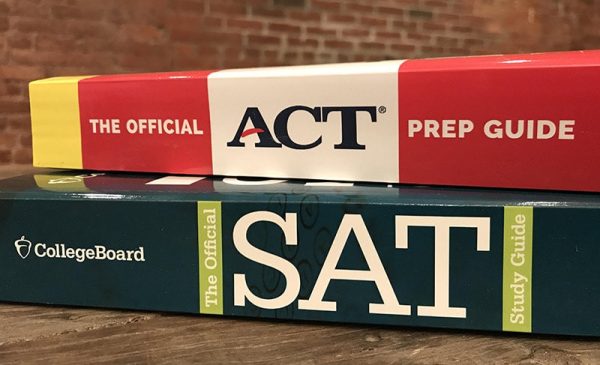Through Erik’s Eyes: The unsolved drug problem in Mexico
Revolution. It is a word people most commonly associate with George Washington, live executions and declarations of human rights. However, as people in our society inherently become more greedy and sinister, innocent victims begin plotting a stand–offs against the tyrants of our world. More specifically, in Mexico, signs of a revolution have become more pressing. Drug–trafficking violence within the nation has escalated at an alarming rate, and recent cases have further incentivized revolutionary sentiment. The situation in Mexico should be held high in the eyes of the international community.
The Council on Foreign Relations explained that the surge of drug trafficking within Mexico began with the downfall of the Colombian drug exchange in the 1980s. It was after this fall that the number of Mexican drug cartels began to substantially increase. Some examples include the Zetas, Sinaloa Cartel, Juárez Cartel, Tijuana Cartel, Beltran Leyva and the Knights Templar. These groups, who in total have about 500,000 or more members, make up the largest supplier of heroin to the United States. They are also the largest foreign supplier of methamphetamine and marijuana.
In Mexico, police officers are paid a minimal amount of $9,000–$10,000 a year, an amount that falls below public sector worker’s wages. This means that police officers often find it easy and worth the risk to accept bribes from drug–traffickers. Under former president Felipe Calderón, Mexico saw 25 of the 30 most dangerous drug traffickers captured by police forces supplemented by military forces. Mexican Secretary of the Interior Miguel Ángel Osorio Chong stated that the offensive strategy by Calderón splintered drug–trafficking organizations and led to the creation of 60–80 new gangs. Government figures show that there were about 120,000 homicides within Calderón’s six–year term.
According to The Economist, 43 students were missing up until a recent gruesome discovery. Three anonymous testimonies revealed that the students had been headed to a municipal building in the western town of Iguala; they were then captured and incinerated at a local rubber factory. The culprits are drug–traffickers hired by ex–mayor of the city Jose Luis Abarca. He had hired drug traffickers to capture the students because they were headed to protest the mayor campaign of Abarca’s wife, Maria de los Angeles Pineda. Supposedly, their remains were then thrown into a nearby river, although there have been no DNA confirmations. This mass killing led demonstrators known as “normalistas” to protest current president Enrique Peña Nieto and his administration. They have gone as far as to burn the front door of the presidential palace in Mexico City.
Reuters reports that this has led to Peña Nieto announcing a new policy of dealing with Mexico’s never ending drug–trafficking problem. The plan, much like Calderón’s plans on increasing police effectiveness, aims at training police officers more extensively and includes economic reforms for Mexico’s three poorest regions. He has also vowed to increase the dedication of state courts which, at the moment, only prosecute and incarcerate a rough two percent of criminals put in trial.
The situation occurring in Mexico is one of the deadliest conflicts in our world today; yet, nobody seems to care. The international response has been weak, to say the least, and the United States has only aided Mexico with intelligence–gathering technology that Mexican authorities barely know how to use.
The inequality between the average person in Mexico and corrupt public officials has led the nation to distrust the politics in play. Mexican people have now started a movement to combat the corruption. All we can do now is hope that the people achieve their goals of political reformation in a time of violent unrest.





